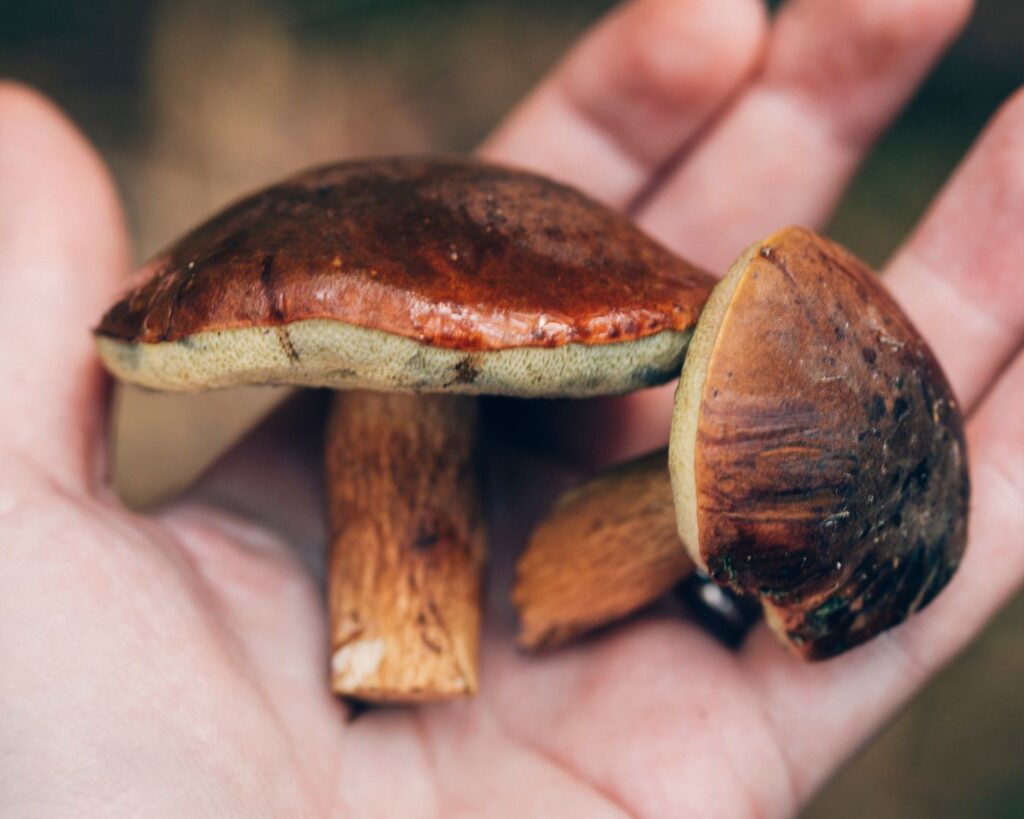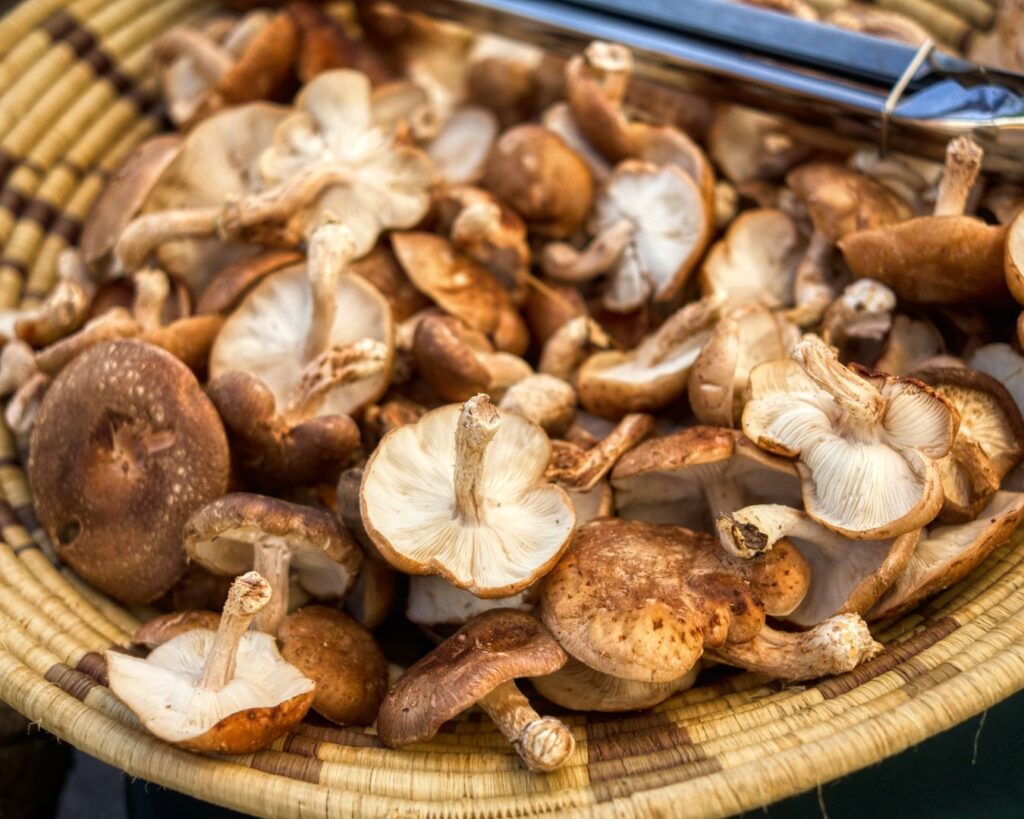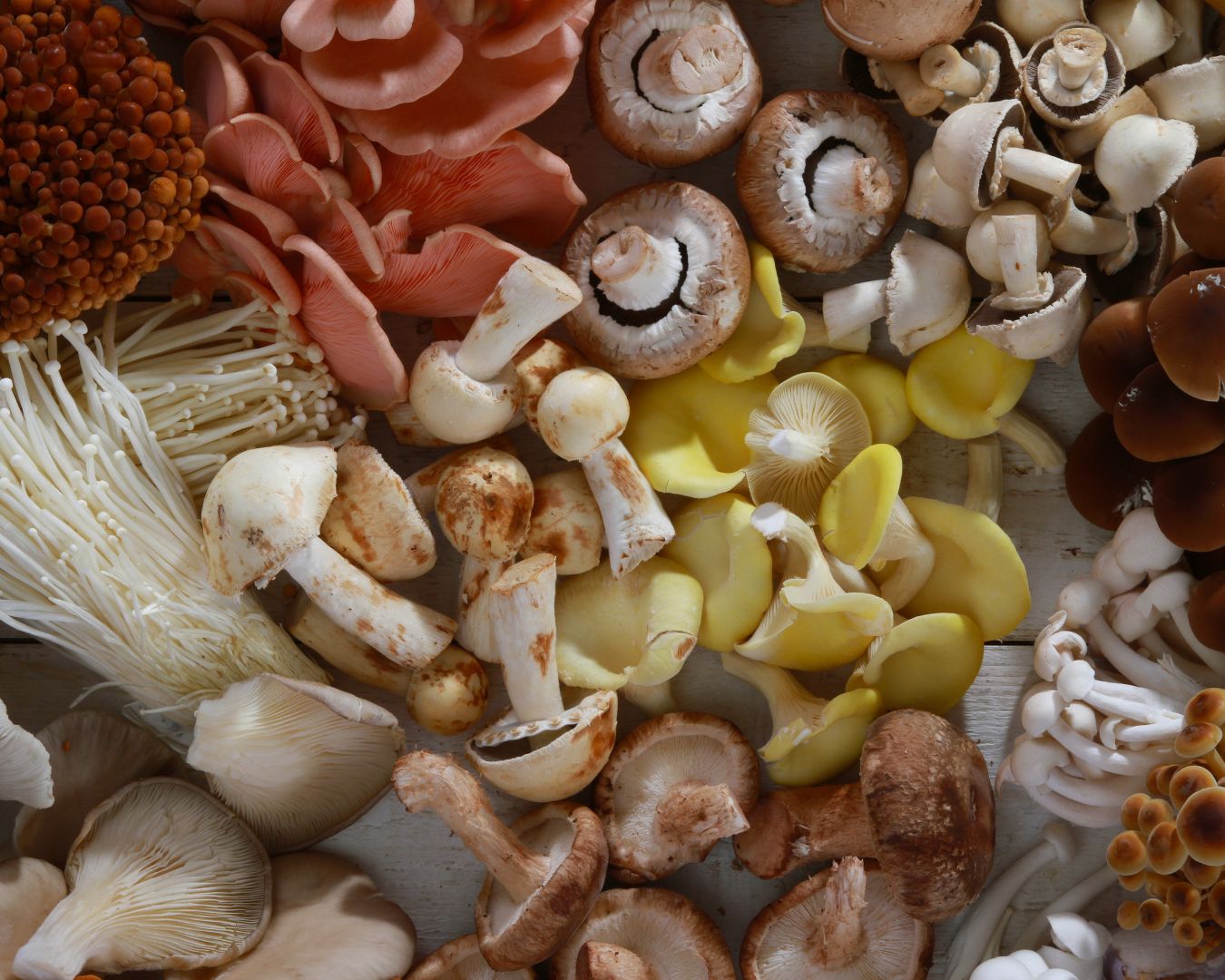Foraging for Wild Mushrooms: Safety and Tips
Foraging for wild mushrooms is a rewarding activity that allows you to connect with nature and discover a wide variety of edible mushrooms in their natural habitat. Whether you’re a seasoned forager or new to the world of wild fungi, understanding how to safely collect and identify mushrooms is crucial. While many wild mushrooms are edible and delicious, some can be toxic or even deadly if misidentified. This guide covers essential safety precautions, tips for beginners, and insights into the fascinating world of mushroom foraging.
The Allure of Mushroom Foraging
Mushroom foraging has long been a tradition in many cultures, from European truffle hunts to Asian harvesting of shiitakes and enokis. The appeal lies in the thrill of the hunt and the opportunity to enjoy organic, wild ingredients. Mushrooms, rich in flavor and nutrients, add a distinct umami profile to many dishes, making them a prized find in the wild.
Foraging allows you to explore forests, meadows, and fields while gaining a deeper appreciation for fungi and their role in the ecosystem. However, because of the risks associated with misidentification, it’s important to approach mushroom hunting with care and knowledge.

Safety First: Key Precautions
Safety is the number one priority when foraging for wild mushrooms. The following precautions should always be taken to avoid dangerous or toxic mushrooms:
- Proper Identification: Never consume a wild mushroom unless you are 100% certain of its identity. Many toxic species closely resemble edible varieties, making identification tricky for beginners. Always consult a mushroom guidebook, attend foraging classes, or go with an experienced forager to ensure safety.
- Use Multiple Sources: Rely on multiple sources for identifying mushrooms, such as books, apps, or experienced foragers. Look for defining characteristics like gill patterns, spore prints, caps, and stems to differentiate between edible and toxic varieties.
- Avoid Old or Damaged Mushrooms: Only pick fresh, young mushrooms. Older or damaged mushrooms are more likely to harbor harmful bacteria or rot, which can lead to foodborne illness.
- Beware of Look-Alikes: Many poisonous mushrooms closely resemble edible ones. The aptly named “death cap” (Amanita phalloides) looks similar to some edible mushrooms but is extremely toxic. If you have any doubts, don’t eat it.
- Test for Allergies: Even with edible mushrooms, some people may experience allergic reactions or stomach discomfort. Start by consuming a small amount to ensure your body reacts well to the mushroom.
- Consult an Expert: If you’re unsure about a mushroom’s identity, consult a local mycologist or mushroom identification group before consuming it. Many areas have clubs or online forums dedicated to safe mushroom foraging.
Tips for Beginners
If you’re new to mushroom foraging, here are some tips to help you get started safely and successfully:
- Start with Easy-to-Identify Varieties: Focus on easily recognizable mushrooms like chanterelles, morels, oyster mushrooms, and chicken of the woods. These mushrooms are known for their distinctive features, making them safer options for beginners.
- Learn About Habitat: Different mushrooms thrive in specific environments. For example, chanterelles are often found in coniferous forests, while morels favor areas near ash, elm, and oak trees. Learning where to find specific types of mushrooms will increase your chances of success.
- Know the Seasons: Mushrooms grow in certain seasons, depending on the variety. Morels are commonly found in spring, while chanterelles and porcini mushrooms flourish in late summer and fall. Understanding when and where mushrooms grow will improve your foraging efforts.
- Use a Foraging Basket: Carry a breathable basket or mesh bag to collect mushrooms. Avoid using plastic bags, as they can cause mushrooms to become soggy and deteriorate. A basket also helps spread mushroom spores as you walk, aiding in future growth.
- Make Spore Prints: When in doubt about a mushroom’s identity, you can make a spore print by placing the mushroom cap on a piece of paper and covering it with a bowl for several hours. The color of the spores can help identify the species.

Common Edible Wild Mushrooms
Here’s a list of some commonly foraged mushrooms that are both edible and flavorful:
- Chanterelles (Cantharellus cibarius): Golden in color with a trumpet-like shape, these mushrooms are known for their delicate, fruity aroma and taste. They’re commonly found in wooded areas during the late summer and fall.
- Morels (Morchella spp.): With their honeycomb-like caps, morels are highly sought after for their earthy, nutty flavor. They appear in early spring, often near deciduous trees like elm and ash.
- Oyster Mushrooms (Pleurotus ostreatus): These fan-shaped mushrooms grow on decaying wood and have a mild flavor. They’re easy to identify due to their white, grey, or pale blue color and layered caps.
- Chicken of the Woods (Laetiporus spp.): This bright orange or yellow mushroom grows on trees and has a meaty texture, making it a good substitute for chicken in vegetarian dishes. Found in late summer to fall, it’s easy to spot and safe to eat.
- Porcini (Boletus edulis): Popular in Italian cuisine, porcini mushrooms have a thick, brown cap and a robust, woodsy flavor. They grow in forested areas, often under pine or spruce trees.
Poisonous Mushrooms to Avoid
It’s equally important to know which mushrooms to steer clear of while foraging:
- Death Cap (Amanita phalloides): Responsible for the majority of mushroom-related fatalities, the death cap closely resembles some edible mushrooms. It’s often found in oak and chestnut forests and should be avoided at all costs.
- Destroying Angel (Amanita bisporigera): Another highly toxic mushroom, the destroying angel is pure white and often mistaken for edible varieties. Consuming it can lead to liver failure or death.
- False Morel (Gyromitra spp.): Though it looks similar to the true morel, the false morel contains toxins that can be deadly if ingested. Always double-check the mushroom’s features before harvesting.
Cooking with Wild Mushrooms
Once you’ve successfully foraged safe, edible mushrooms, it’s time to enjoy their unique flavors in the kitchen. Mushrooms can be prepared in a variety of ways, from sautéing to roasting or adding them to soups, risottos, and pasta dishes. Here are a few tips for cooking wild mushrooms:
- Clean Gently: Use a soft brush or damp cloth to clean your mushrooms. Avoid soaking them in water, as they can absorb moisture and become soggy.
- Cook Thoroughly: Many wild mushrooms should be cooked before eating to enhance their flavor and eliminate any potential toxins.
- Preserve by Drying: If you have a large harvest, consider drying your mushrooms to preserve them for later use. Dried mushrooms can be rehydrated and added to soups or sauces.
Foraging for wild mushrooms can be an exciting and rewarding hobby, offering both a connection to nature and access to delicious, organic ingredients. However, it’s essential to prioritize safety and proper identification to avoid consuming toxic species. By following these tips and learning more about mushroom varieties and their habitats, you can enjoy the world of wild mushroom foraging with confidence.

